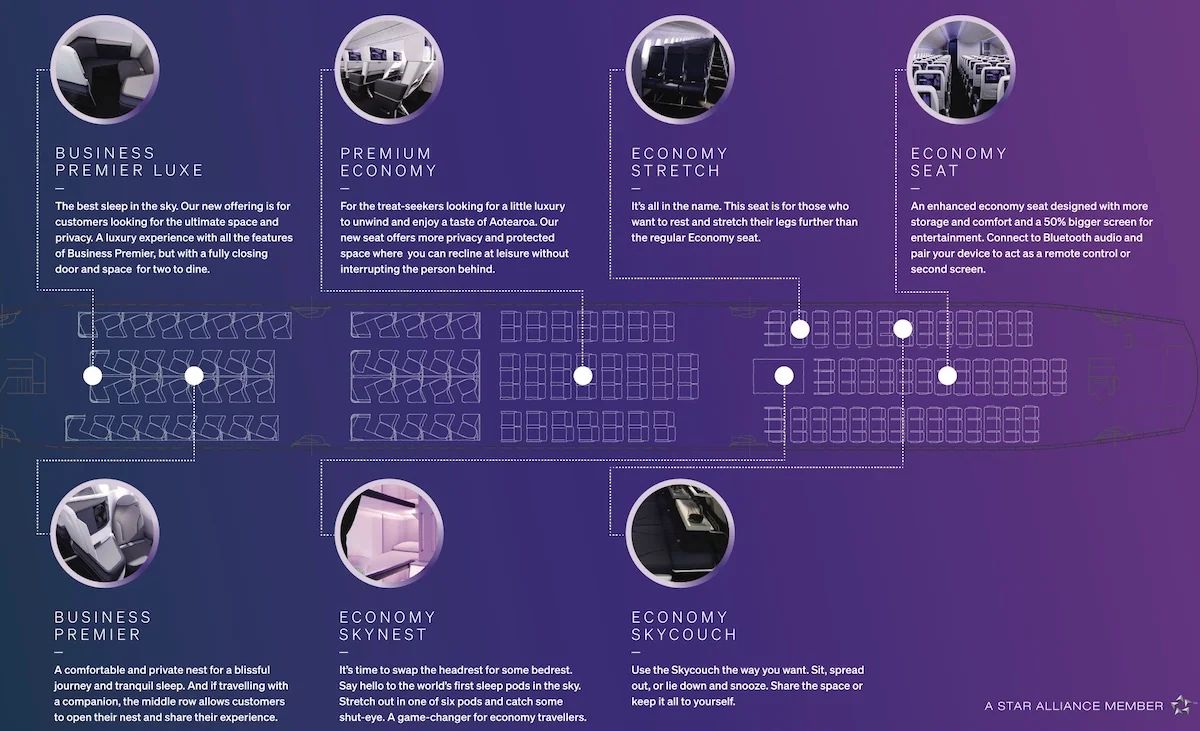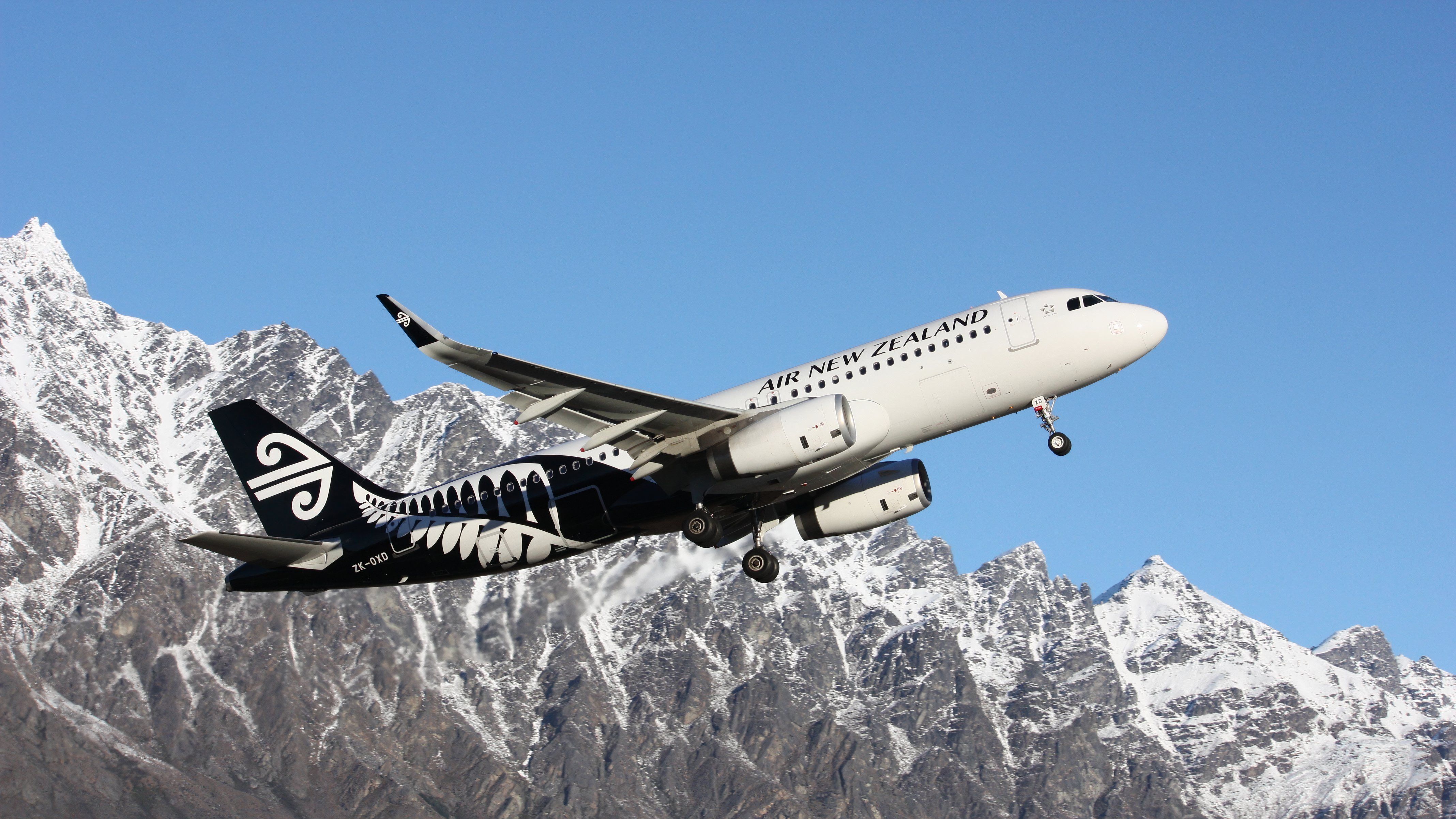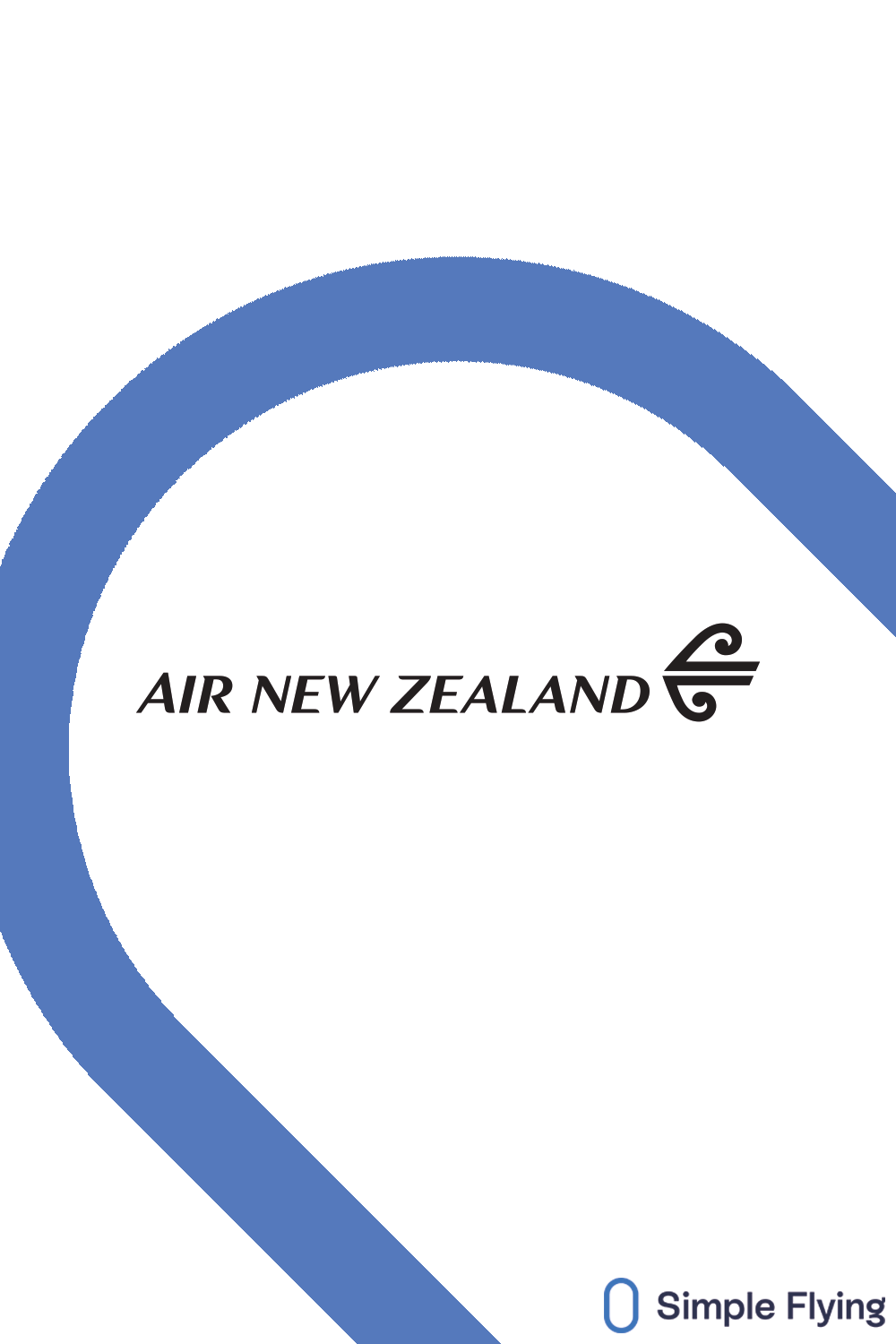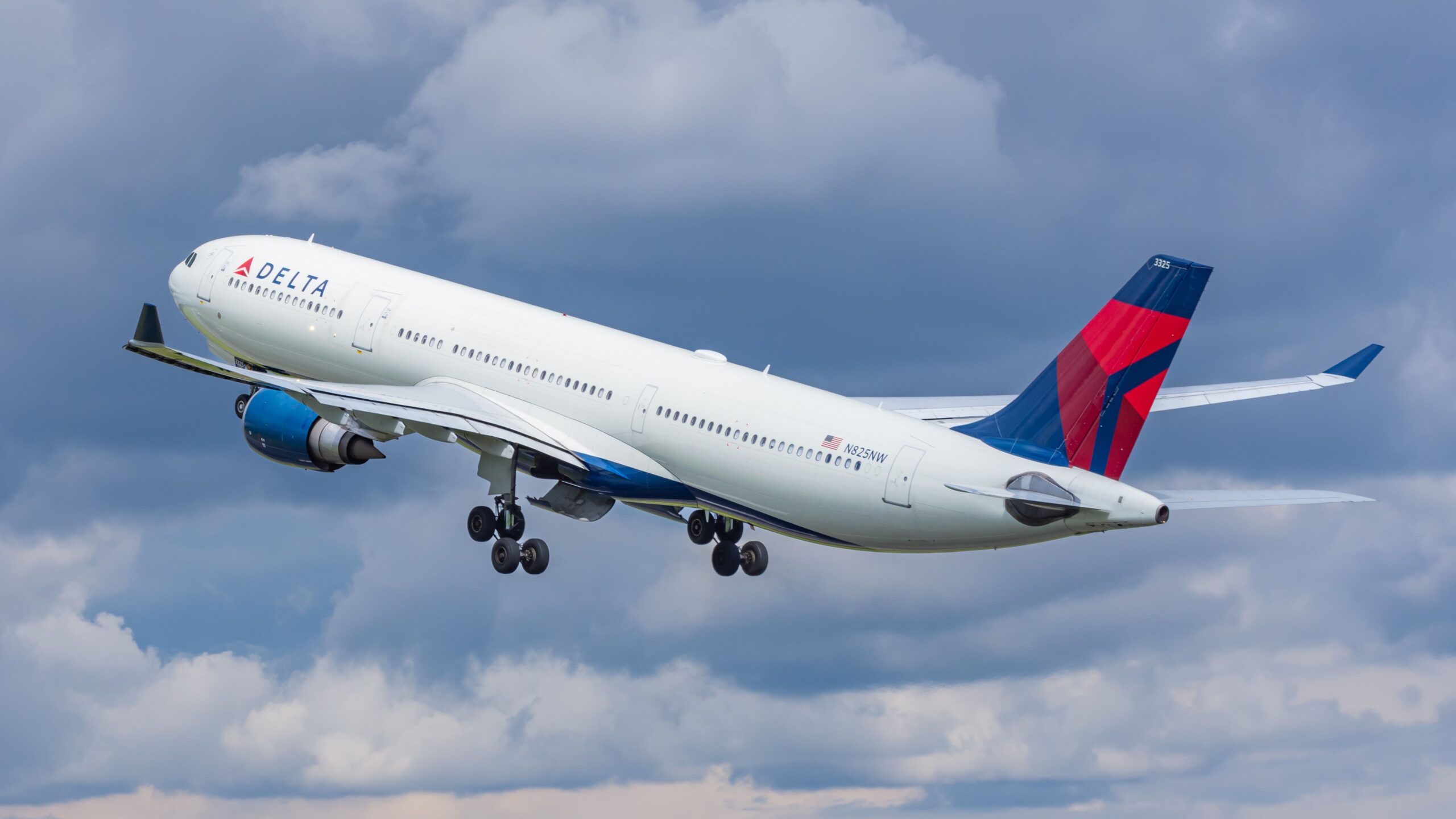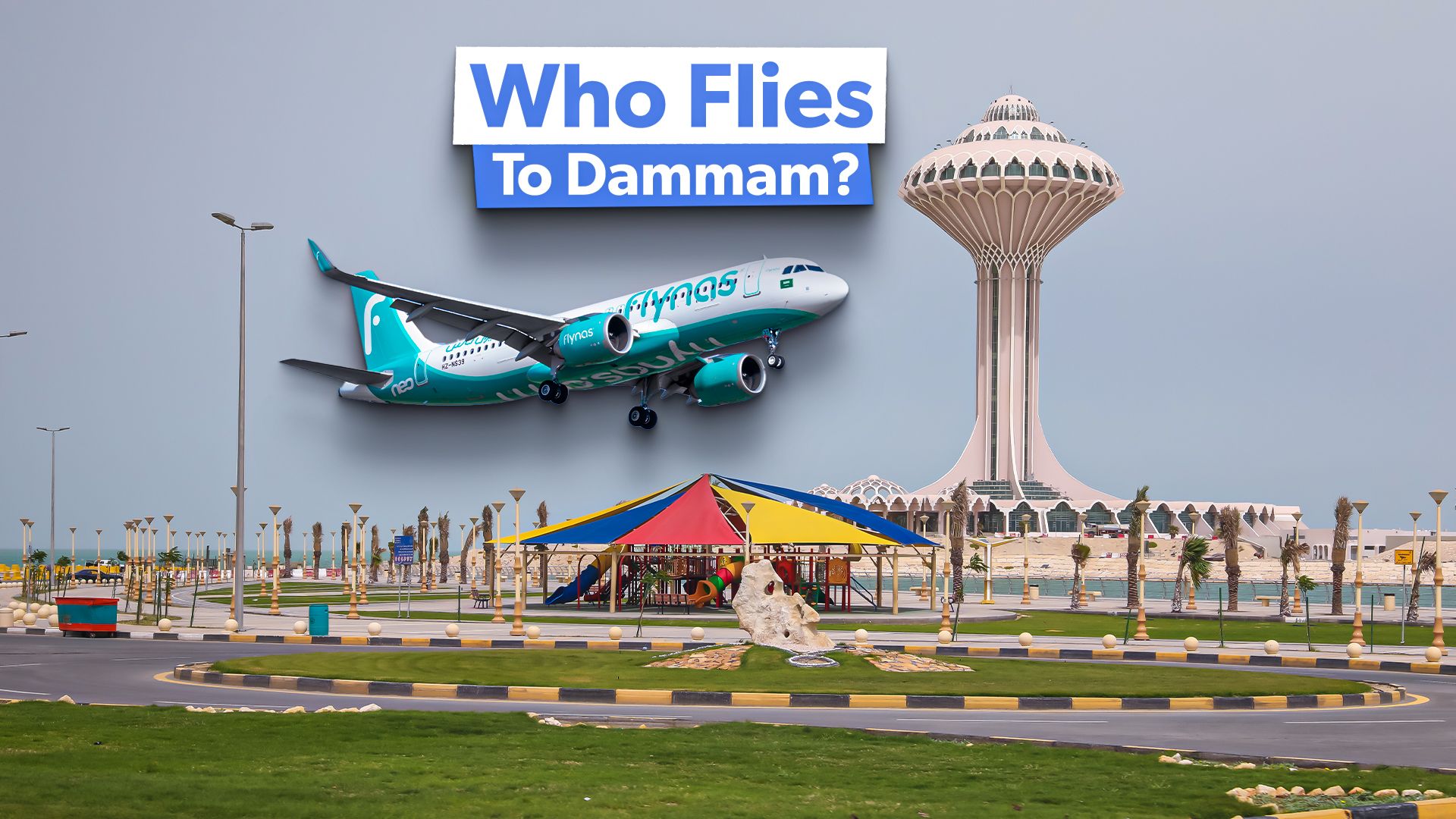Summary
- Air New Zealand’s SkyNest is a lie-flat sleeping pod for economy class, offering more comfort on long-haul flights.
- Each SkyNest unit has six full-length bunks with privacy curtains, reading lights, and USB charging ports.
- The first SkyNest units are expected to debut on select Boeing 787-9 Dreamliner routes in 2024, with initial routes including Auckland to New York, Chicago, and Los Angeles.
Air New Zealand is set to change the game in long-haul travel with its innovative SkyNest economy class bunk beds. We’re exploring everything we know about the SkyNest, from its design and features to its launch timeline and the routes it will serve. Here’s the latest information on this interesting new concept.
The concept of SkyNest
After spending nearly five years in development, SkyNest is Air New Zealand’s ambitious project offering lie-flat sleeping pods in economy class, making long-haul flights more comfortable for budget travelers. Each SkyNest unit consists of six full-length bunks with the option to lie flat and get some rest during their journey. According to the NZ Herald, passengers will be able to book SkyNest bunks in 4-hour increments (with time scheduled between bookings for bed linens to be swapped out by the cabin crew).
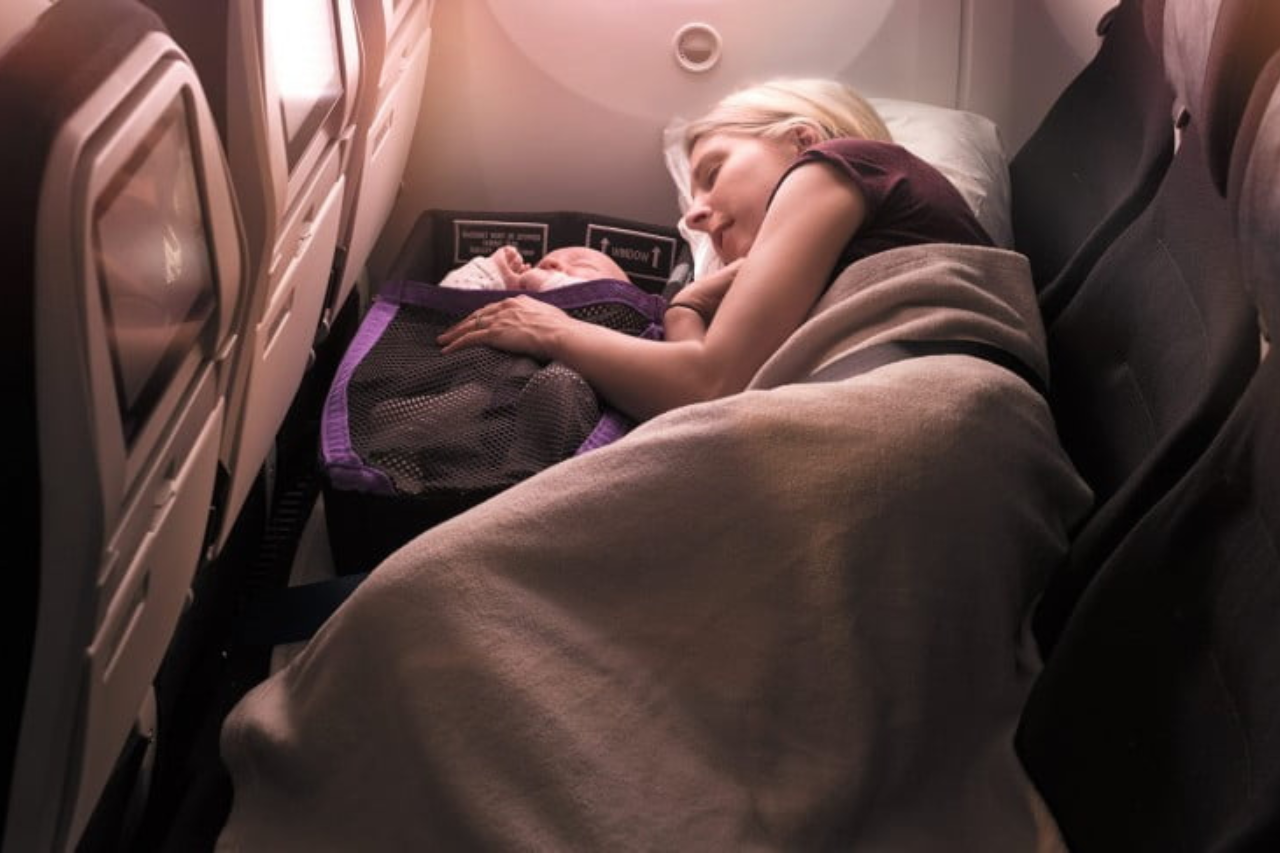
Related
What Are The Ins & Outs Of Air New Zealand’s Economy Skycouch Seating?
An economical way to add a little luxury to economy class
Features of SkyNest
- Full-Length Bunks: Each pod measures around 200 cm (79 inches) long and 58 cm (23 inches) wide, providing just enough space for most passengers to lie flat.
- Comfort Amenities: SkyNest pods come equipped with bed linens and pillows which are replaced between passenger bookings.
- Privacy and Lighting: Each bunk has its own privacy curtain, reading light, and USB charging port.
- Booking and Duration: Passengers will reportedly be able to book a SkyNest bunk for a maximum of four hours. Prices are expected to range between NZ $400-$600 (US $254-$380, currently) in addition to the standard economy fare.
Photo: Air New Zealand
Development and launch timeline
According to Australian Aviation, the SkyNest project (originally announced in early 2020) has faced several delays due partly to the COVID-19 pandemic and subsequent supply chain issues. However, Air New Zealand has made significant progress, and the first SkyNest units are expected to debut on select Boeing 787-9 Dreamliner routes later in 2024.
Boeing has now confirmed that the first of the new 787 Dreamliners is unlikely to arrive until at least mid-2025, which will delay delivery of our innovative new SkyNest. The interior retrofit of our current 787 fleet remains on track.
To mitigate these challenges, we introduced a dry lease 777-300ER in November. A second dry lease 777-300ER will enter the fleet mid-year and we are well advanced on negotiations for a third.
— Greg Foran, CEO, Air New Zealand
Recent updates
Latest progress includes:
- Testing Phase: Air New Zealand conducted extensive testing and received positive feedback from customers who participated in trial sessions.
- Regulatory Approval: The airline has already secured the necessary regulatory approvals to install and operate SkyNest on its aircraft. The fact that SkyNest bunks come equipped with seatbelts for passengers is an important feature.
- Retrofit Plans: Air New Zealand plans to retrofit its existing fleet of Boeing 787-9 Dreamliners with the SkyNest pods, with the first retrofits expected to be completed in 2024.
Routes featuring SkyNest
Air New Zealand has strategically selected routes that would benefit most from the SkyNest pods, primarily focusing on its ultra-long-haul flight, where passenger comfort is paramount. Some of the initial routes expected to feature the SkyNest include:
- Auckland (AKL) to New York (JFK): One of the longest routes operated by Air New Zealand, ideal for testing the effectiveness and profitability of SkyNest in providing a premium-style rest option during a very long flight.
- Auckland (AKL) to Chicago (ORD): Another long-haul route where SkyNest is expected to enhance passenger comfort.
- Auckland (AKL) to Los Angeles (LAX): This popular route is also set to benefit from the added comfort of SkyNest pods.
Competitive landscape
Air New Zealand’s SkyNest is a pioneering concept in the aviation industry, and it’s attempting to set a new standard for economy class travel. While no other airlines currently offer a similar product, competitors will likely monitor its success closely. The introduction of SkyNest has the potential to influence future economy class designs and offerings from other major carriers.
Photo: Petr Sommer Photography | Shutterstock
Market impact
- Customer Attraction: The SkyNest is expected to attract passengers who are looking for more comfort without the higher cost of premium cabin seats.
- Industry Innovation: If successful, SkyNest could inspire other airlines to develop similar solutions, raising the overall standard of economy class travel.
- Brand Differentiation: TravelAge West predicts this innovative product will further solidify Air New Zealand’s reputation as a forward-thinking airline committed to enhancing the passenger experience.
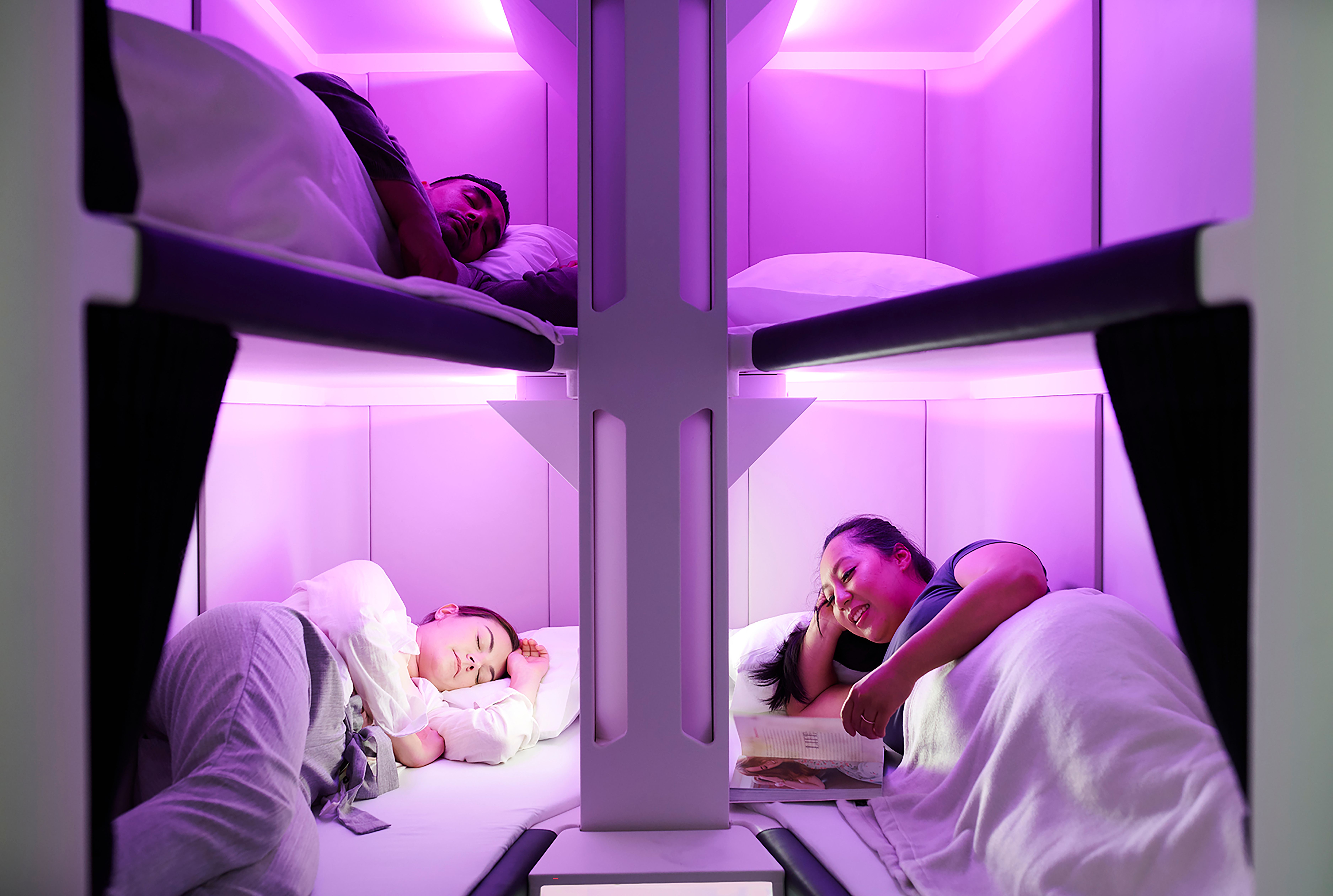
Related
Air New Zealand 787 Skynest Wins Crystal Cabin Award
Air New Zealand is on top of the world after its game-changing Skynest walked out with a top award.
Challenges and considerations
Despite its promising features, the SkyNest project faces several challenges:
Logistical and operational challenges
Installing SkyNest pods requires significant space within the aircraft, potentially reducing the number of standard economy seats. Balancing the additional revenue from SkyNest bookings with the cost of installation and maintenance is crucial for its financial viability. Additionally, ensuring a seamless booking process for Skynest pods, including the logistics of changing linens and preparing the pods between uses, may prove to be a complex task.
Passenger adaptation
While the concept is innovative, how well passengers will adapt to and accept the new offering remains to be seen. Making sure that the SkyNest delivers on its promise of enhanced comfort and that passengers find it worth the additional cost will be key to its success.
Looking ahead
Air New Zealand’s SkyNest is poised to revolutionize long-haul economy class travel by providing passengers with a unique and hopefully comfortable way to rest during their flights. As the launch date approaches, all eyes will be on Air New Zealand to see how well this innovative product is received in the market and how it influences the future of air travel.
Are you excited about the SkyNest? Share your thoughts, expectations, and bunk preferences in the comments below, and subscribe to our Simple Flying Newsletter for the latest updates on Air New Zealand and other aviation innovations.


